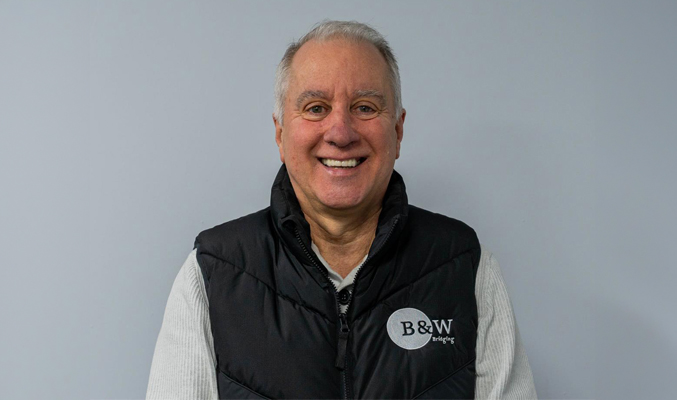Choice of lender can improve bridging conversions
By Jonathan Rubins

The latest lending data from the ASTL has painted a very positive picture of the bridging market. Completions were £1.1bn in Q2 2021, an increase of more than 23% on Q1 and, over the last year, bridging loan books have risen by nearly 8% to £4.7bn.
While applications fell slightly by just under 2% compared to Q1, applications for the year ending 30 June 2021 were still nearly 27% higher than applications in the year ending 30 June 2020.
Not only is the market continuing to grow, but the increase in completions also represents improving conversion rates, which is good news for everyone involved in the process.
However, bridging conversion rates will still be a frustration for some brokers. Based on the Q2 statistics, for every £1 completed on a bridging loan there was £6.63 worth of applications.
There will always be a number of applications that don’t proceed to completion, particularly in a fast-moving world like bridging, where circumstances can change rapidly, but working on a loan for a client that doesn’t go ahead can be frustrating for brokers and customers alike.
So, what steps can you take to help improve your bridging conversions?
This is an area where we strongly believe that the choice of lender is absolutely crucial. Lots of lenders talk about service, but the concept of good service means different things to different people.
At Alternative Bridging we think that good service is built on open communication and longstanding relationships.
An honest dialogue between a broker and lender at the outset of an application can create a path towards a smooth completion through greater understanding of the client’s circumstances and how they fit with criteria.
It also provides an opportunity to identify a solution that might not ordinarily be available.
Over time this type of communication between a broker and a lender can prove invaluable and result in a long-standing, beneficial relationship for both parties.
So, when you come to choose a bridging lender for your clients, consider how long that lender has remained committed to the market.
Chances are, if it’s an established lender, this means it has consistently delivered clarity and certainty to brokers, enabling it to build a sustainable long-lasting business.
Not all bridging applications can result in a completion, but improving conversions is an important way to increase the efficiency of your business, and your choice of lender is a big factor in how likely it is that the loan will proceed successfully.

Jonathan is a Director at Alternative Bridging Corporation, a principal lender, offering the widest range of short and mid-term products, to the property industry and business community as well as bridging loans to homeowners.










You must be logged in to post a comment.